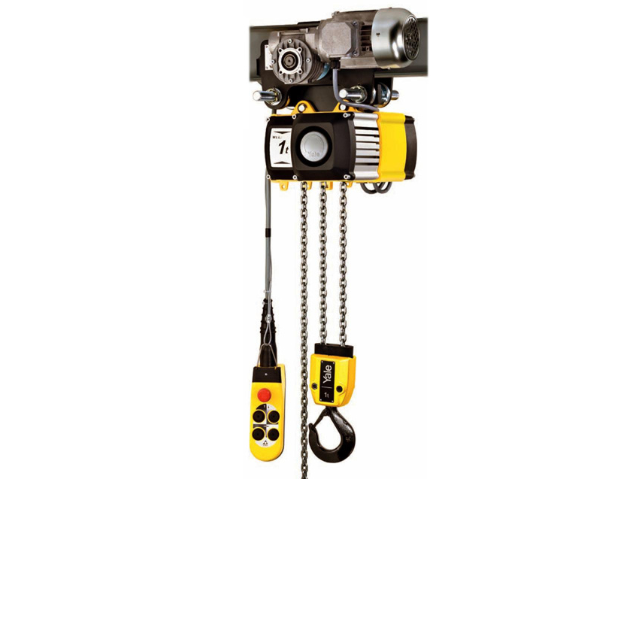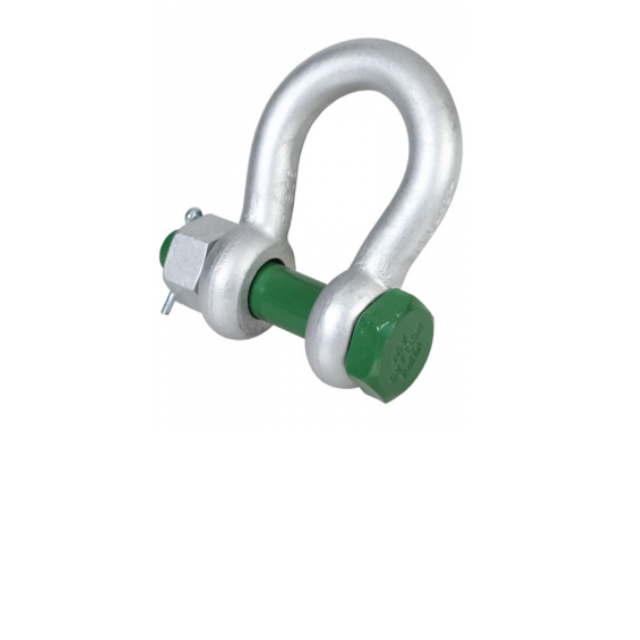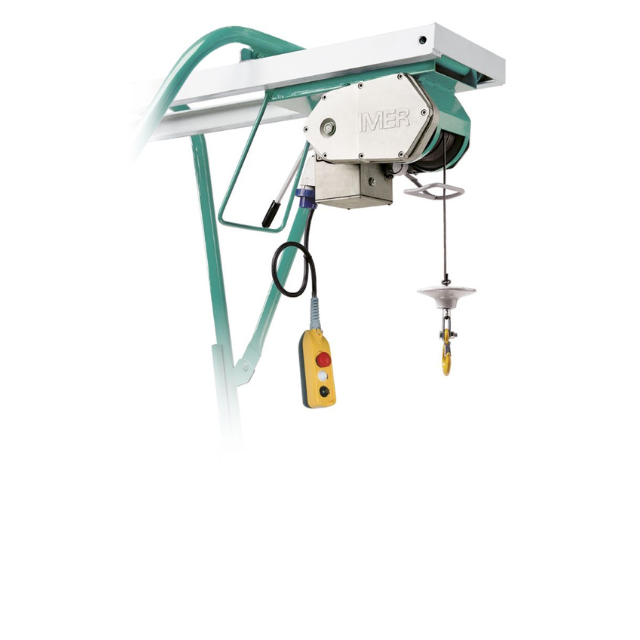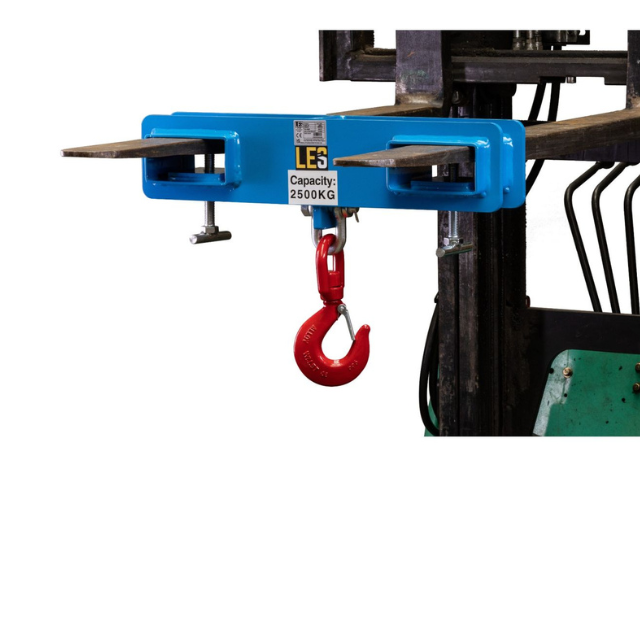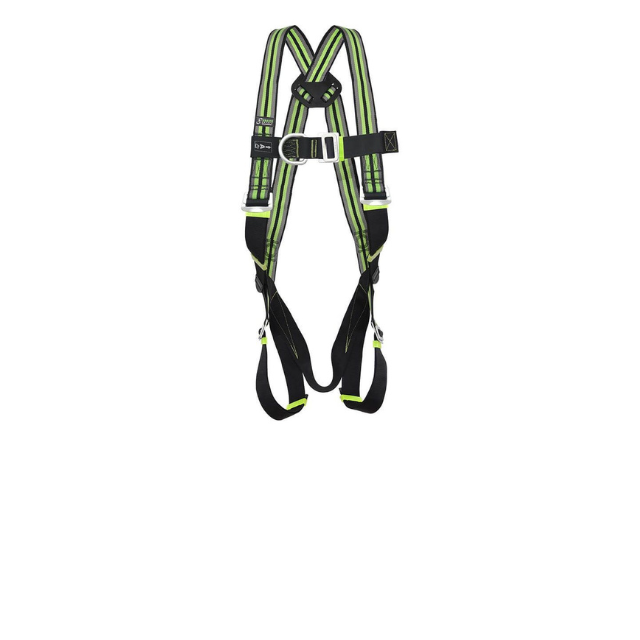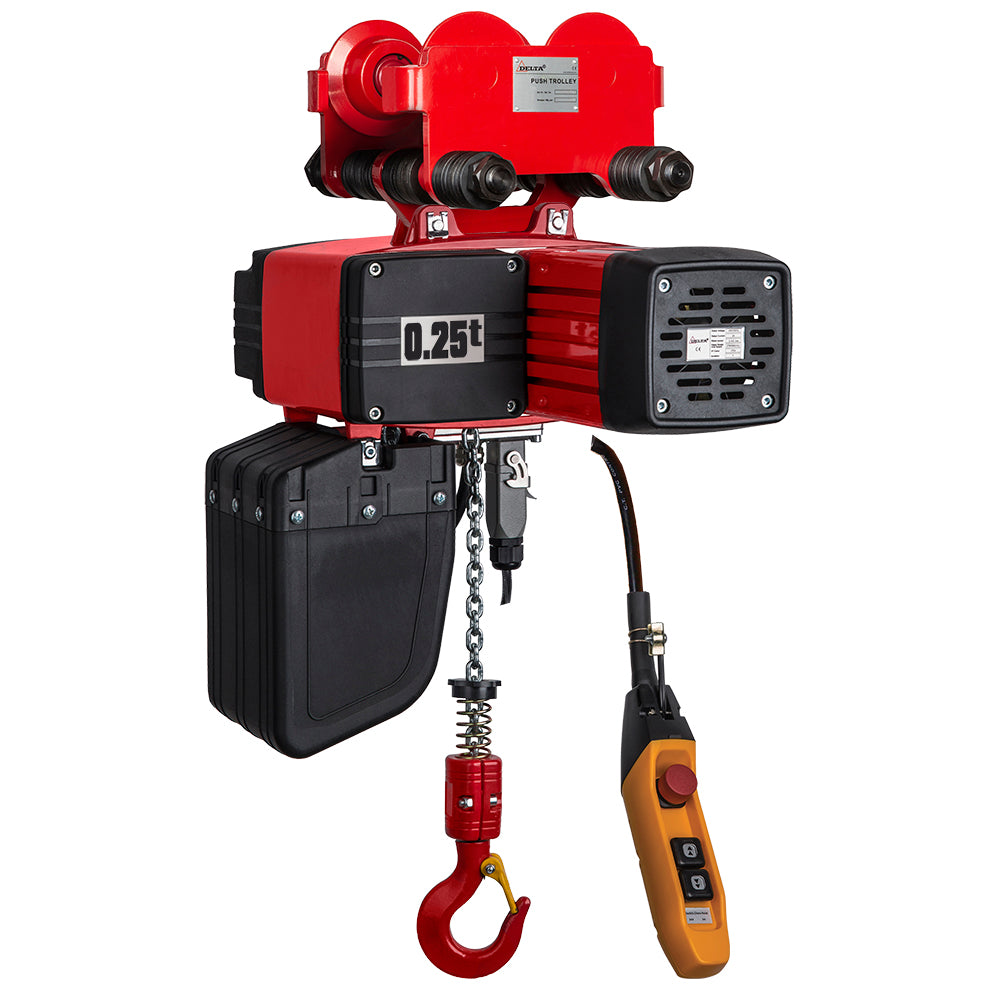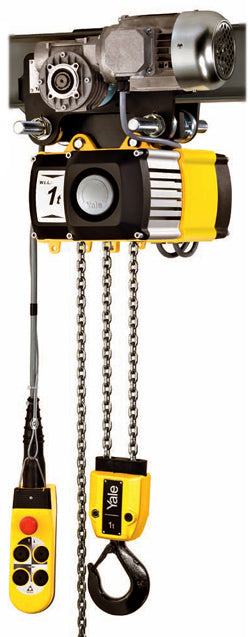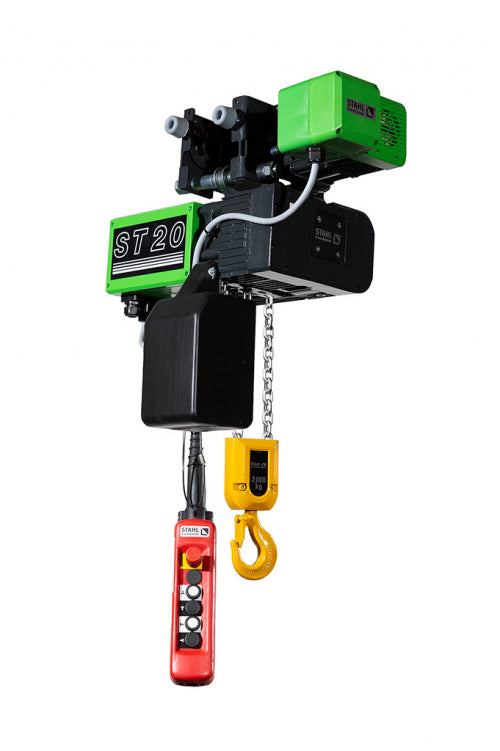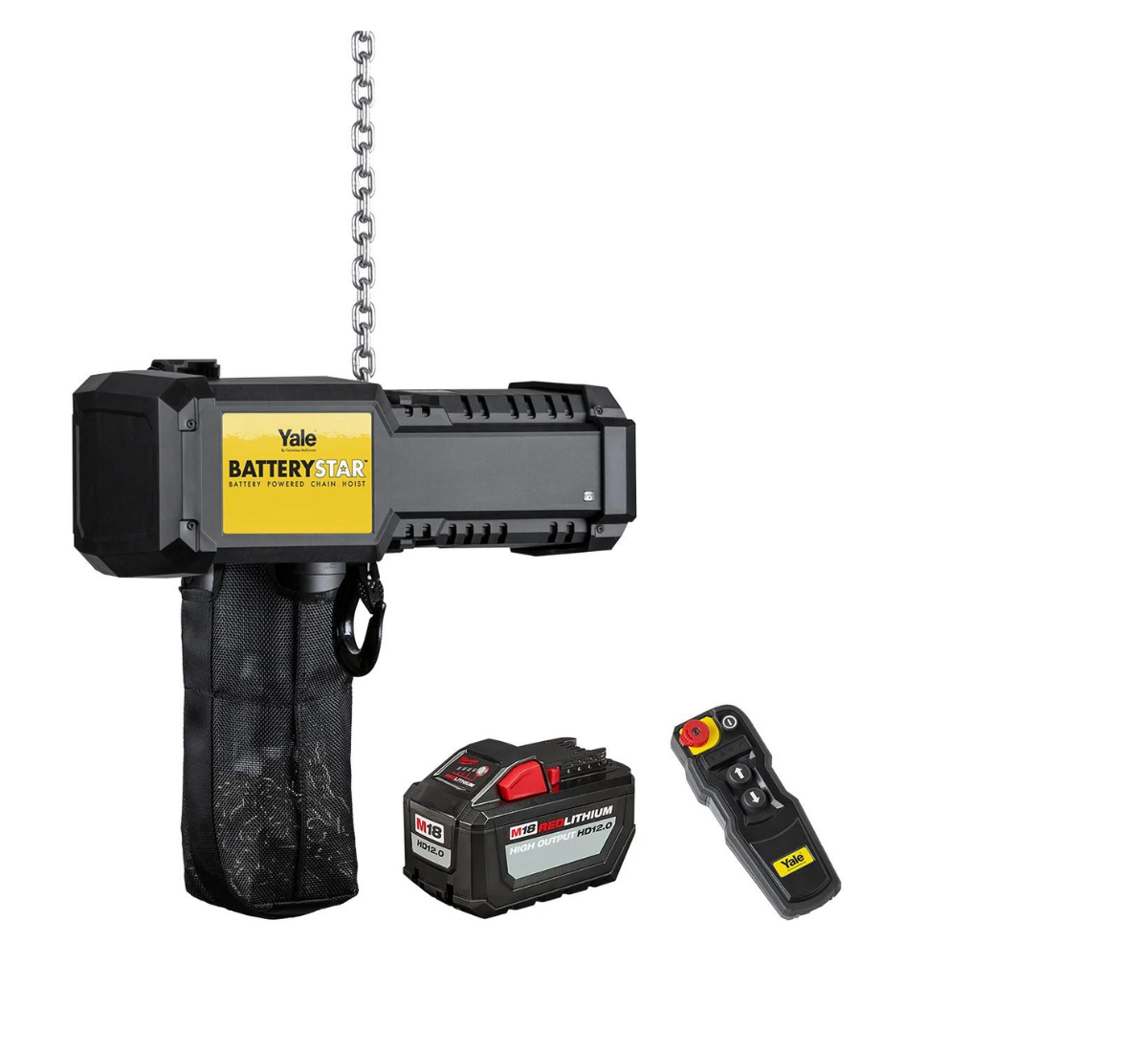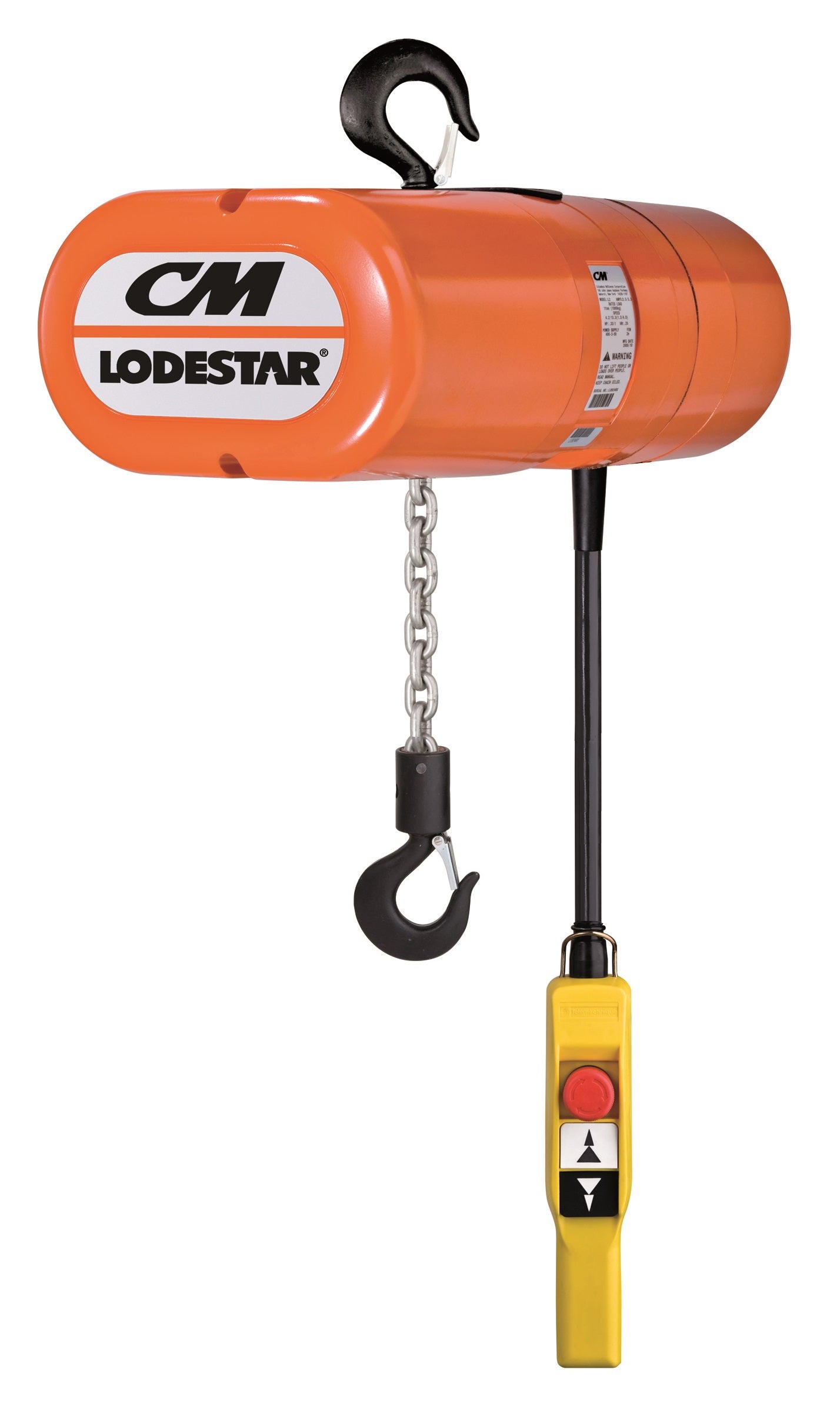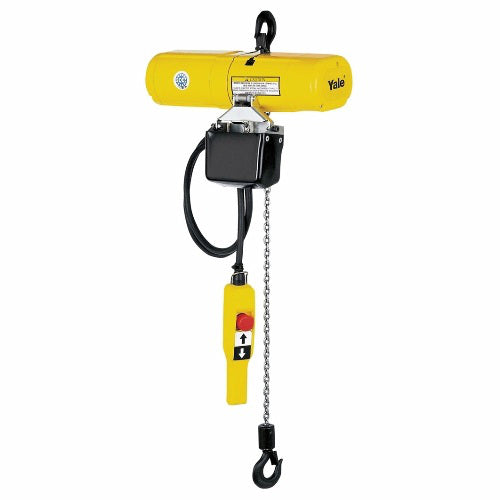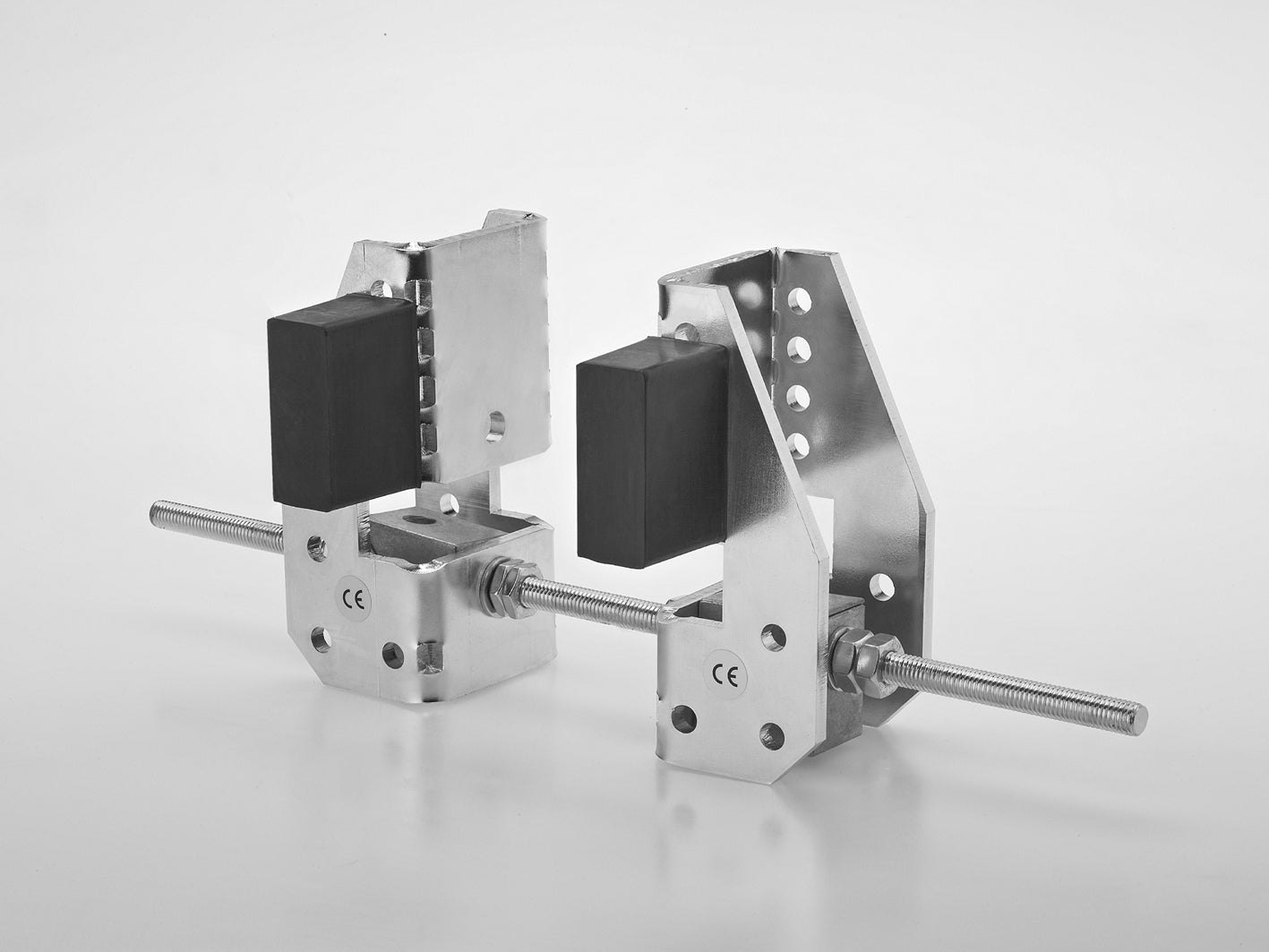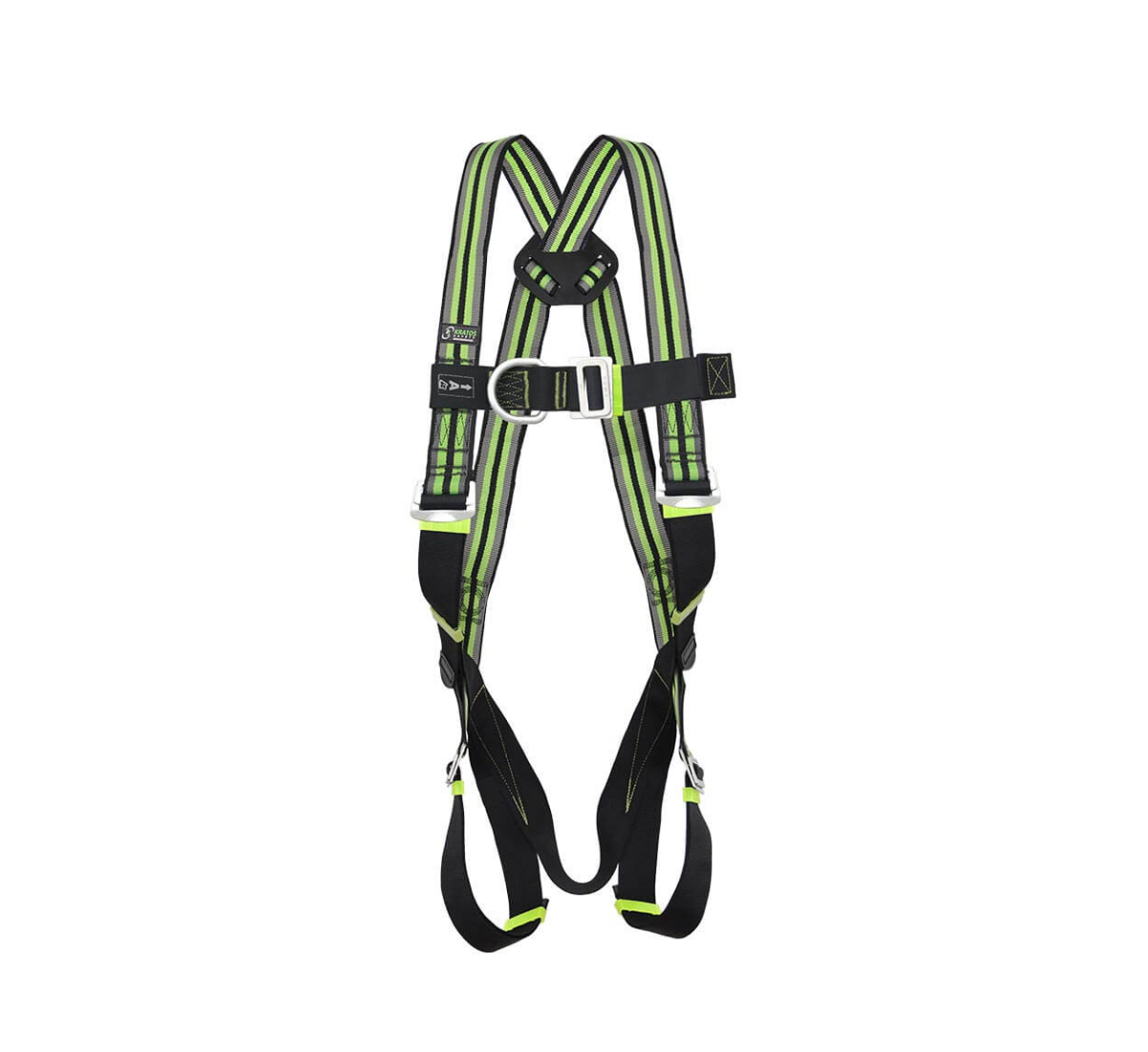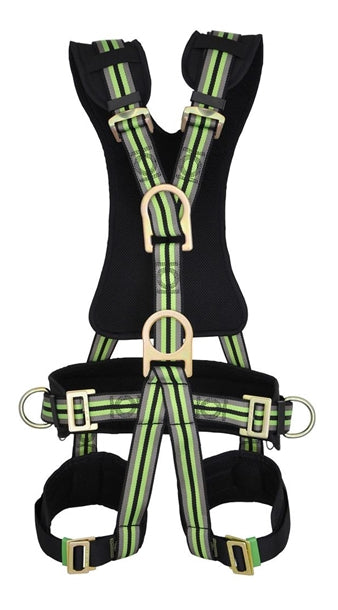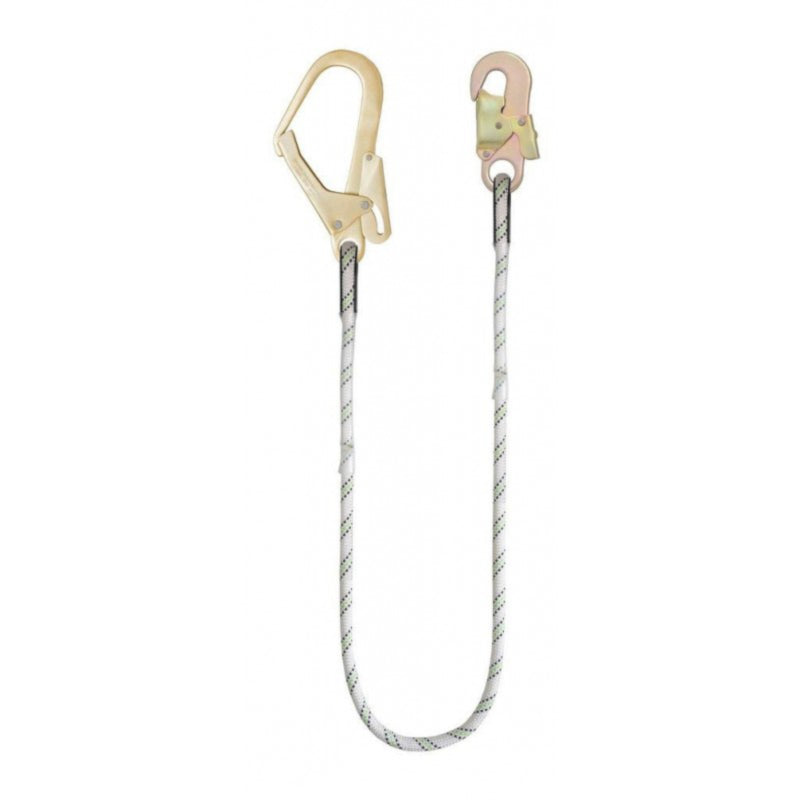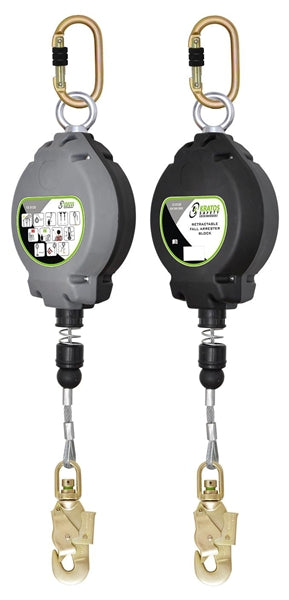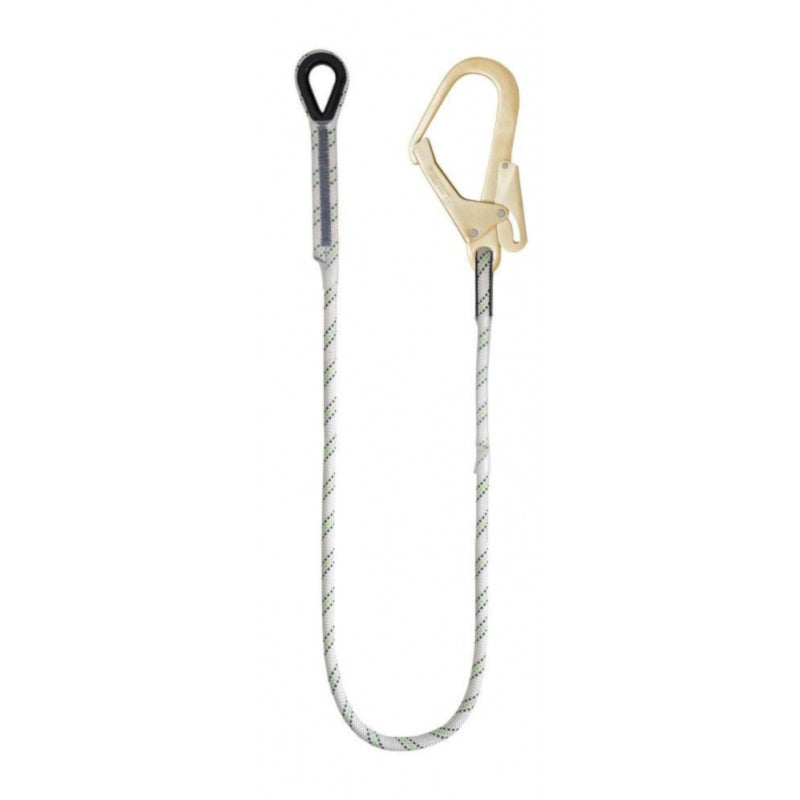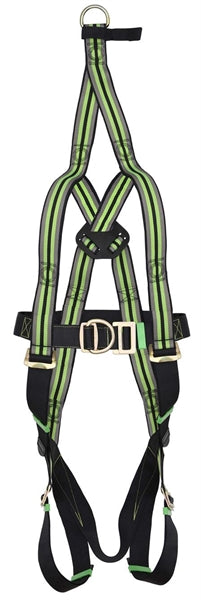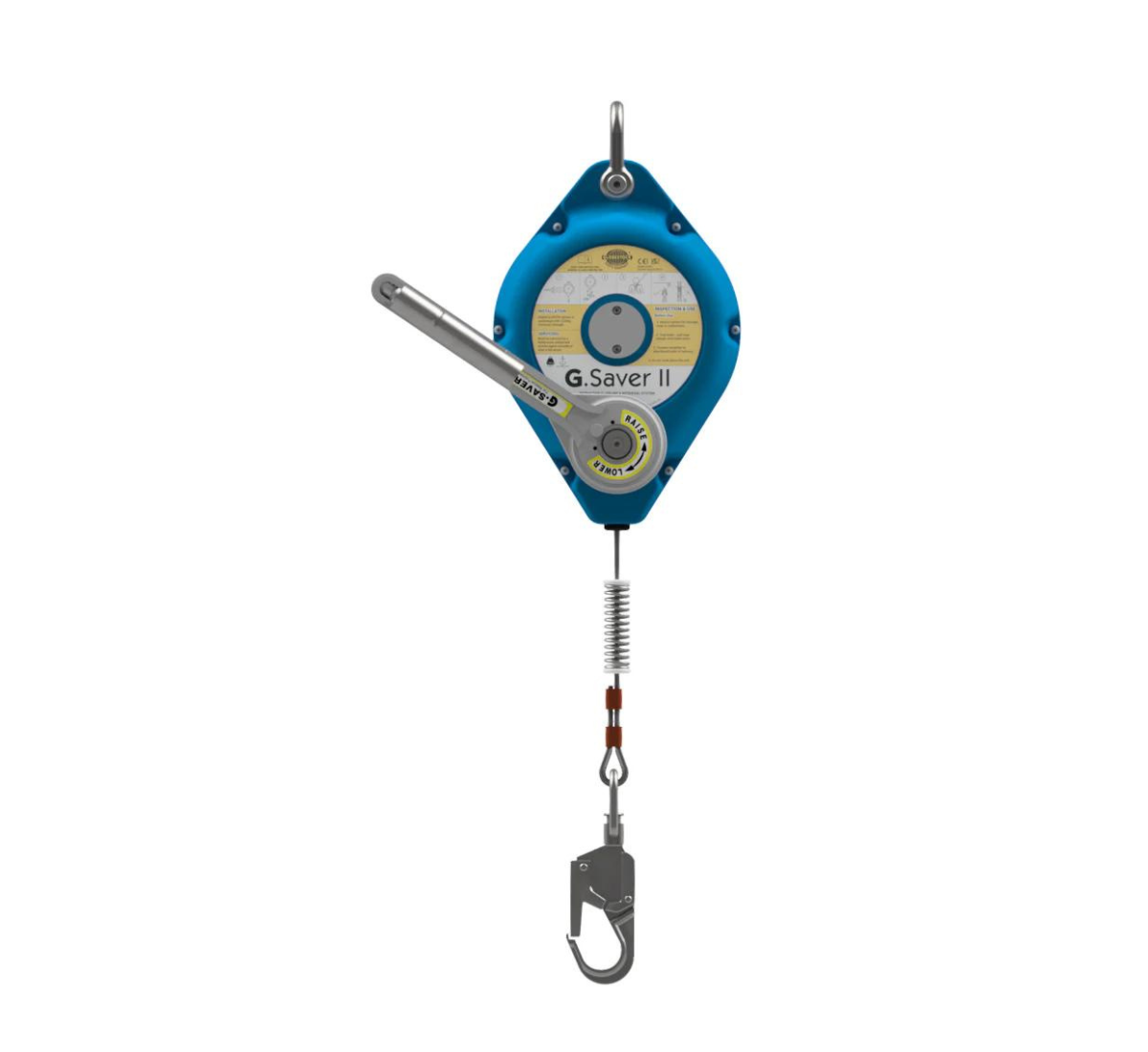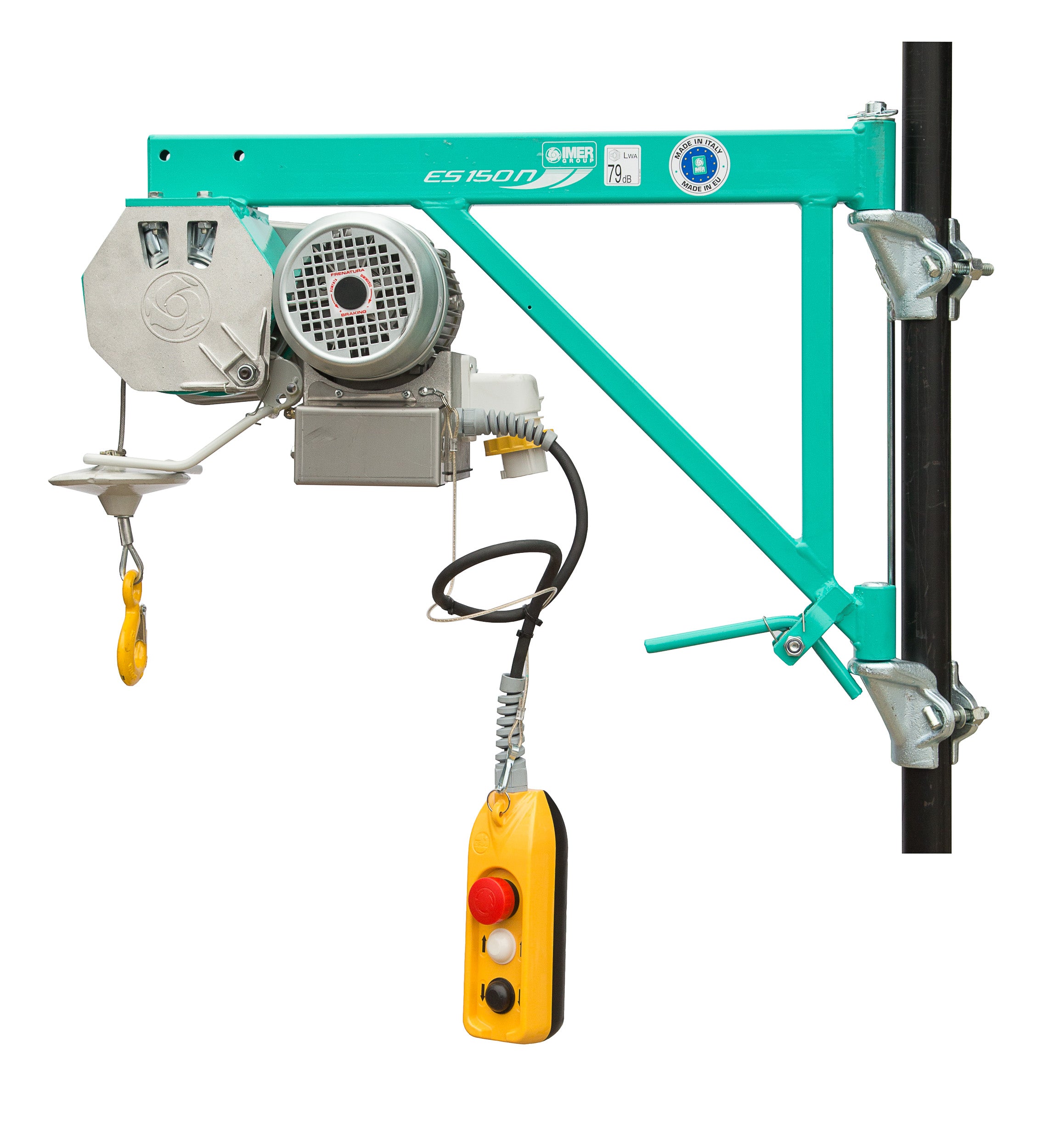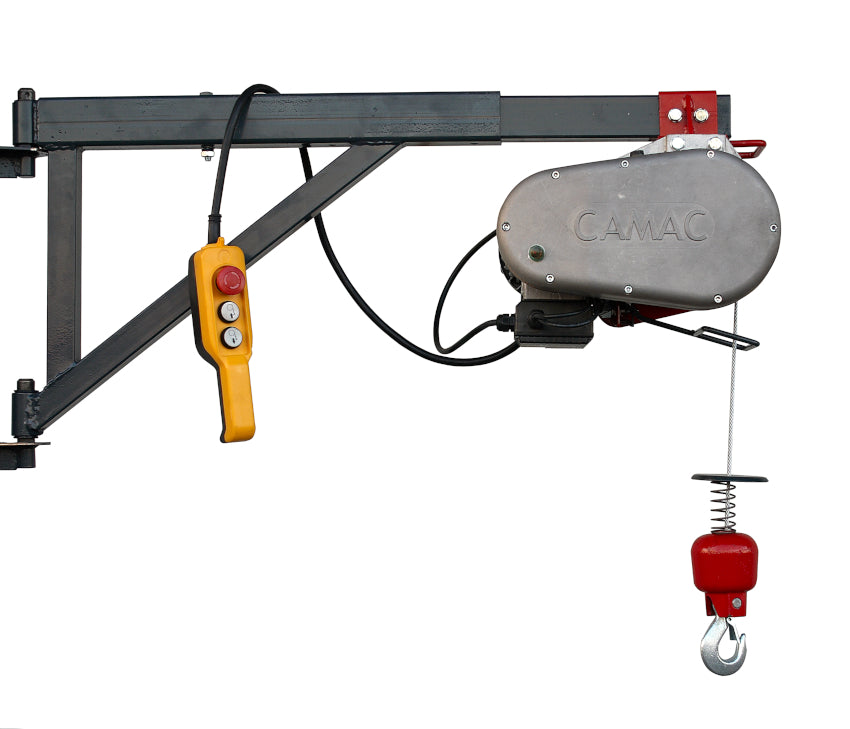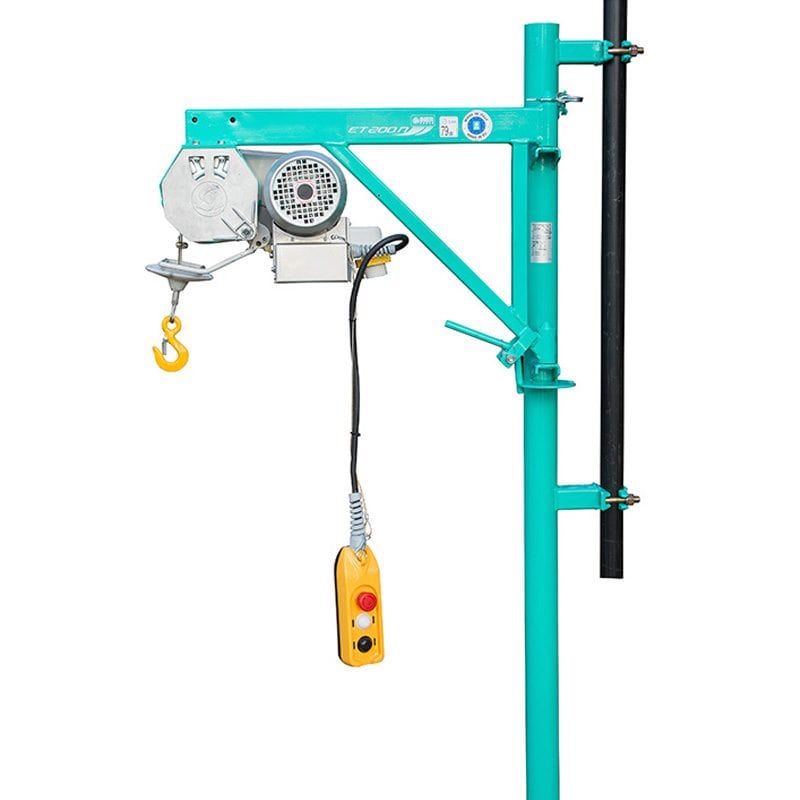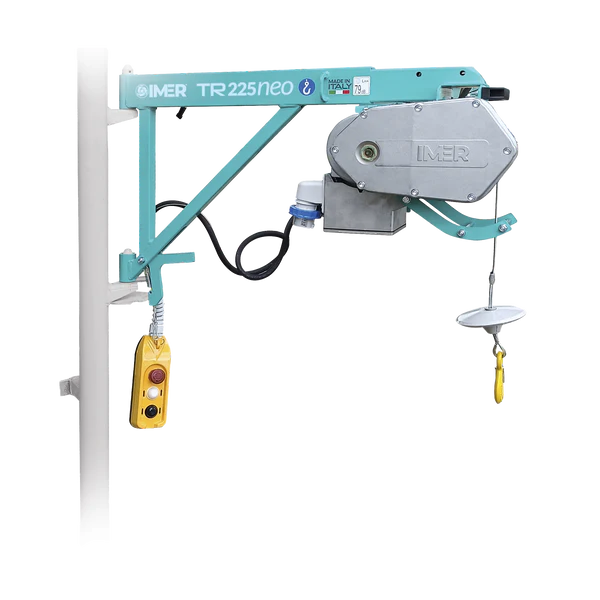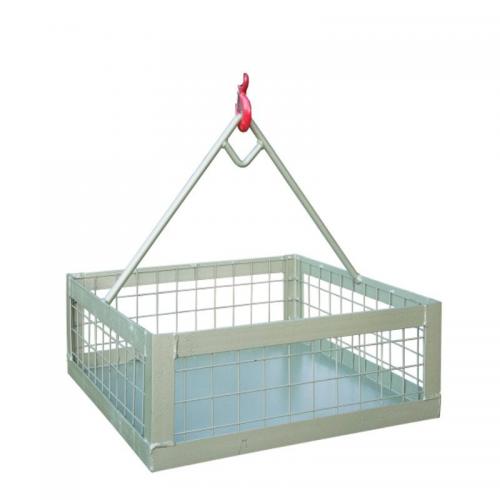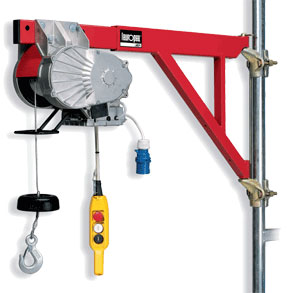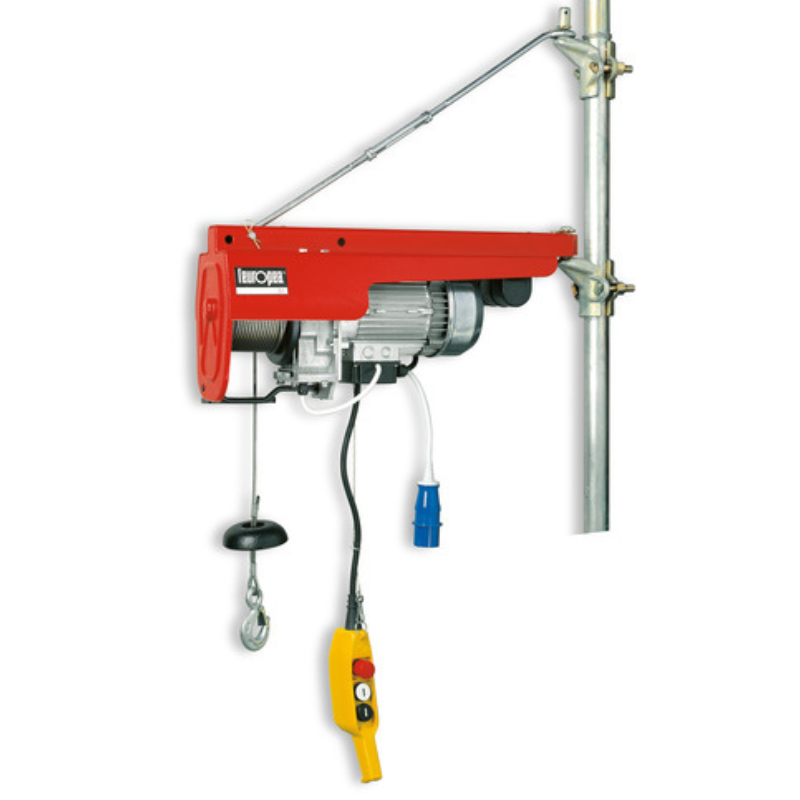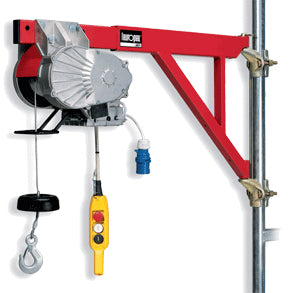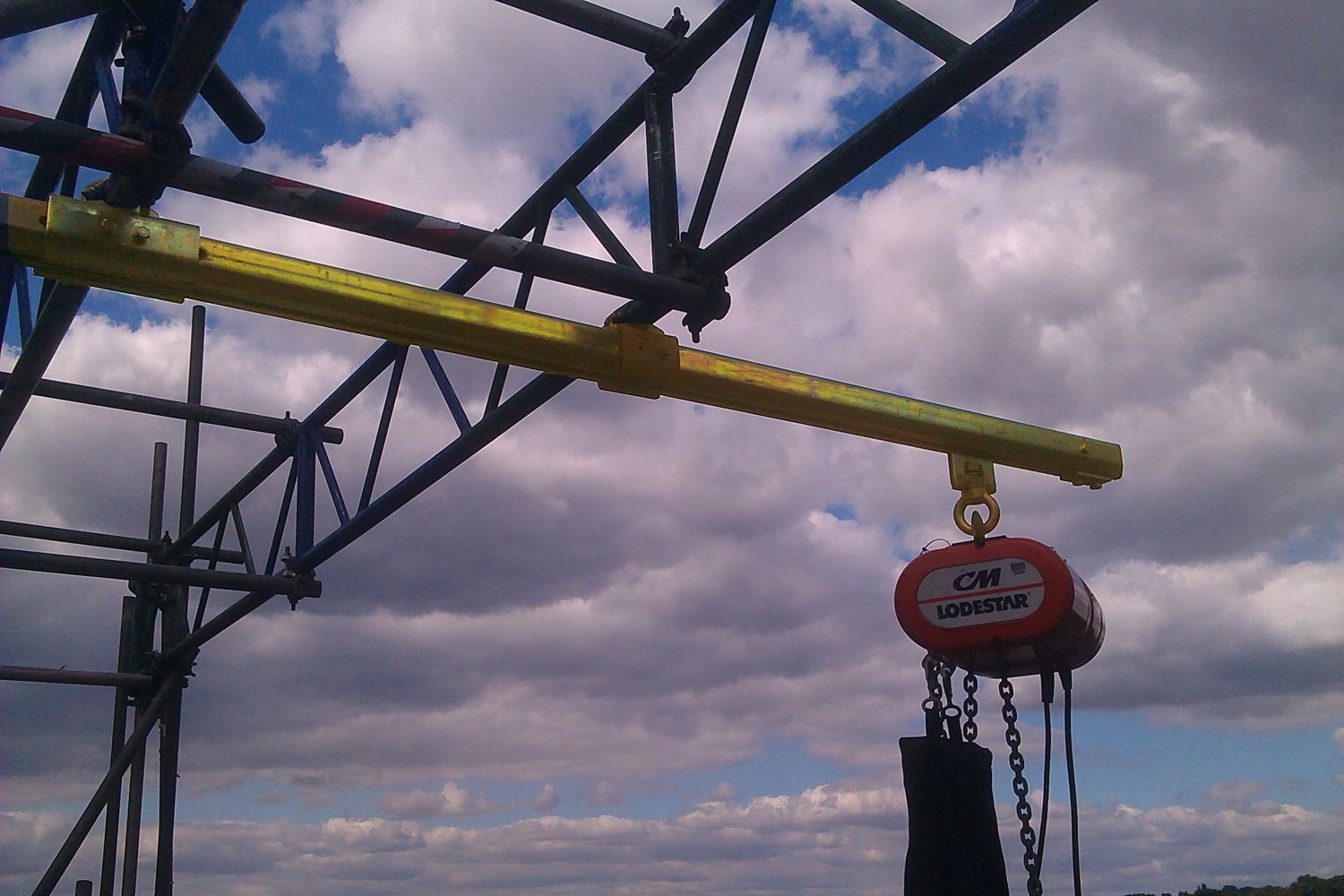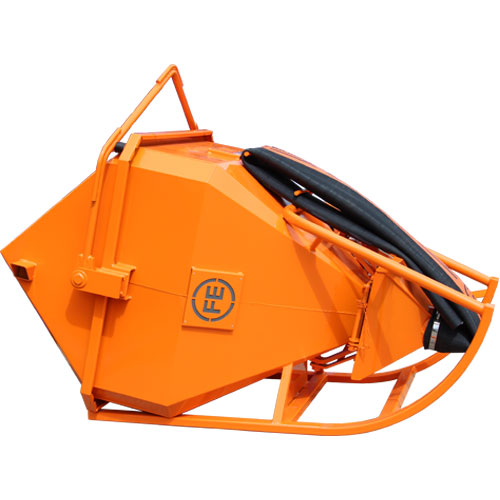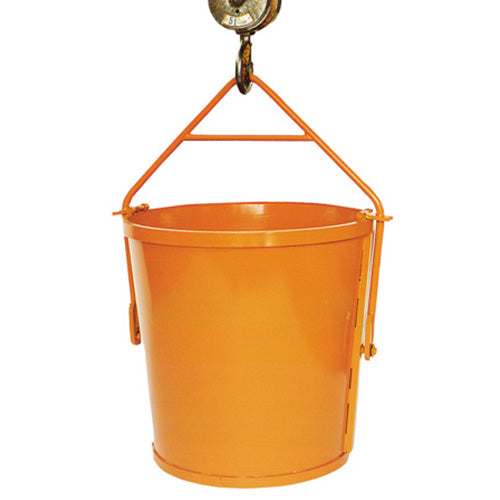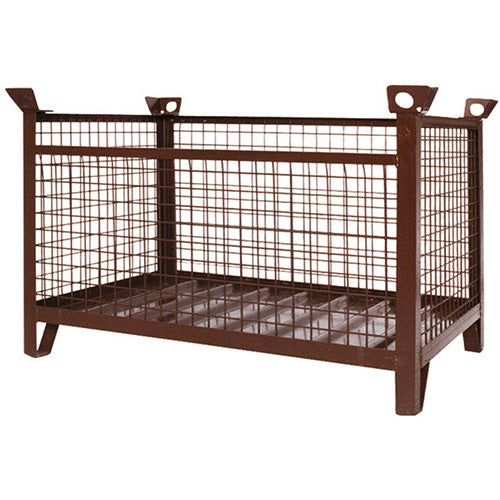Construction
In today’s thriving world of construction, progress and success are measured by tonnes lifted and structures assembled, and the impact of quality lifting equipment cannot be overstated.

In today’s thriving world of construction, progress and success are measured by tonnes lifted and structures assembled, and the impact of quality lifting equipment cannot be overstated.
From towering skyscrapers and intricate buildings to housing complexes and shopping centres, the construction industry heavily relies on the diverse range of lifting equipment available in order to execute tasks productively, safely, and with the utmost precision. In short, amongst the plethora of tools and machinery used in construction, lifting equipment stands out as the hero.
Lifting equipment in the construction space comprises of tools designed to lift, hoist, and transport materials of varying sizes and weights, and in many cases some seriously large sizes, and extremely heavy weights.
Applications of Lifting Equipment in Construction
There are typically three stages to the construction industry, all utilising both similar and different types of lifting equipment to undertake important tasks. A brief breakdown is as follows:
Material Handling:
A wide range of lifting apparatus is used for the handling and transportation of construction materials including steel beams, concrete panels, piping, and prefabricated components. Solutions including cranes, hoists, and forklift trucks facilitate the movement of extremely heavy loads across construction sites, reducing manual labour efforts and accelerating project timelines.
Erection & Installation:
Throughout the construction process, lifting equipment is deployed to build structural elements, install components, and position machinery. A wide range of cranes are instrumental in these processes, from lifting steel beams and prefab models into place, while aerial work platforms provide access for individuals to undertake the manual tasks.
Demolition & Deconstruction:
The total other end of the construction spectrum, often buildings require tearing down prior to any installation tasks. In this instance, lifting equipment is often used to dismantle structures and remove debris in a safe manner. Items such as excavators and diggers lead the charge here, while cranes and hoists aid in the removal of any heavy debris.
Commonly Used Equipment in Construction
Cranes:
Cranes are perhaps the most iconic and omnipresent form of lifting equipment in the construction industry, with tower cranes, mobile cranes, crawler cranes, overhead cranes, swing arm cranes, and gantry cranes the most commonly utilised variants.
With their towering height and impressive lifting capabilities, tower cranes are typically deployed when constructing high-rise buildings. Mobile cranes, characterised by their mobility and versatility, are perfectly suited for navigating flat construction sites and lifting heavy loads of varying heights. Crawler cranes provide the stability to navigate and manoeuvre across uneven terrain. While overhead cranes, also know as swing jibs, are better suited within manufacturing facilities and warehouses for material handling.
Forklifts:
The hero of all constructions sites, used to transport materials and equipment across sites. Used daily, forklift trucks offer the ability to lift and move heavy pallets, the method most often utilised to deliver construction materials such as bricks, slabs, pipes, and other bulky items. Forklift trucks, used in conjunction with a wide range of specialist attachments, streamline material handling processes, improving operational efficiencies on construction sites.
Aerial Work Platforms:
Solutions such as scissor lifts, cherry pickers, and boom lifts are seen as essential for accessing the common elevated areas during building, maintenance, and installation tasks. This type of equipment provides workers with safe and stable workspaces, when operating at height. These improve productivity when compared to the erection and assembly time of traditional methods such as scaffolding.
Working at Height Safety Equipment:
When operating with any of the other aerial work platforms, it’s important to remember to use the right PPE such as helmets, gloves, goggles, and safety harnesses.
Hoists & Winches:
This type of lifting equipment is regularly used for vertical lifting applications, such as raising building materials to higher levels. Whether mounted on scaffolding, integrated onto building structures, or standalone solutions such as ladder hoists, manual/electric chain hoists and winches play a crucial role in getting materials and other equipment to higher grounds safely.
Construction industry Collections
THE LAW
By law, all lifting operations must be properly planned by a competent person, appropriately supervised, and carried out in a safe manner. Items such as lifting slings, cranes, and hoists, must be of adequate strength, tested, and subject to the required inspections.
While all operators of this equipment should be fully trained and competent. The Health & Safety Executive (HSE) has set out the following guidance for lifting operations in the construction industry, covering items such as:
■ What you need to do ■ What you need to know ■ Aspects for safe crane, hoist, & gin wheel usage ■ Planning lifting operations ■ Safe systems of work ■ Lifting supervision ■ Thorough examinations
